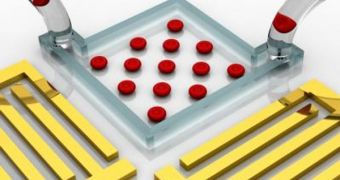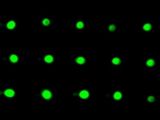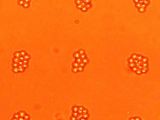Ever since micro- and nano-technology first appeared, there has been a steady strive on the part of researchers to develop ways of manipulating structures formed at such small scales. The efforts have grown considerably once experts have started realizing that nanostructures – billionths of times smaller than the width of a human hair – are the future of electronics and maybe even medicine. Now, in a new National Science Foundation (NSF)-funded study, researchers at the Pennsylvania State University (Penn State) have managed to develop small tweezers, which can successfully handle objects at the smallest level of miniaturization currently possible.
“Current methods for moving individual cells or tiny beads include such devices as optical tweezers, which require a lot of energy and could damage or even kill live cells. Acoustic tweezers are much smaller than optical tweezers and use 500,000 times less energy,” Penn State Assistant Professor of Engineering Science and Mechanics Tony Jun Huang explains. The new handling devices are smaller than a dime, and can be readily produced at this size, for microchip implementation, the team says. In addition, living cells can also be manipulated without fear of damage coming to them.
“Acoustic tweezers are not just useful in biology. They can be used in physics, chemistry and materials science to create patterns of nanoparticles for coatings or to etch surfaces,” Huang reveals. With the new technology, the expert says, nanoparticles or living cells can be placed equidistantly from each other, and arranged in either a pattern or a grid. This ability holds promise for furthering the fields of stem cell research, as these cells could be placed correctly at strategic locations on the skin, or another organ, without having to rush them en masse, as this type of treatments is run today.
The operating principle of an acoustic tweezer is fairly uncomplicated. Two standing surface acoustic waves are positioned in front of each other, and begin to emit on the same wavelength. Because each of the sources has the same strength, there will be a point between them in which their sounds will cancel each other out. This area is called a trough. But because sounds are waves in essence, they can also exert influence on very small objects, and are thus able to carry single cells and nanoparticles. They are taken on the waves to the trough, where they are deposited in their final configuration.
“Most cells or particles patterned in a few seconds. The energy used is very low and the acoustic tweezers should not damage cells at all. Because they have different properties, the acoustic tweezers could also separate live from dead cells, or different types of particles,” Huang concludes.

 14 DAY TRIAL //
14 DAY TRIAL // 

